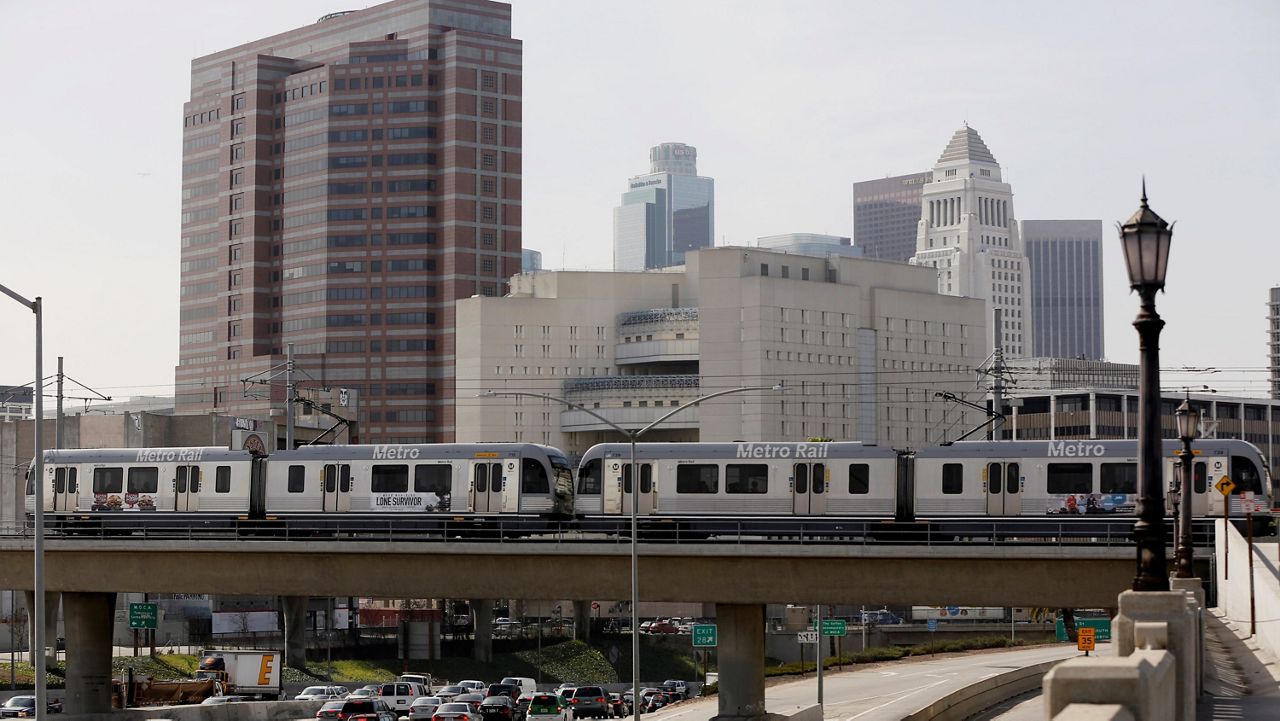BURBANK, Calif. — With passengers and a schedule to keep, the train won’t wait for anyone, even if you’re the boss.
Stephanie Wiggins is the CEO of Metrolink and when she joined two years ago, her plan was to lead the commuter rail system to new territory. But with a sudden 90% drop in ridership due to the pandemic, she had to steer Metrolink in a different direction instead.
“When you lose 90% of your riders and with it, 90% of your revenue, you have to rethink your whole value proposition and really take a look at whether or not we’re providing the service that the community needs at the time,” said Wiggins.
So Wiggins hit the air brakes to better understand what commuters needed to get back on the train and ride the rails.
“So safety is so critical at Metrolink, and this pandemic has really introduced a new element of safety: a person’s personal safety,” said Wiggins.
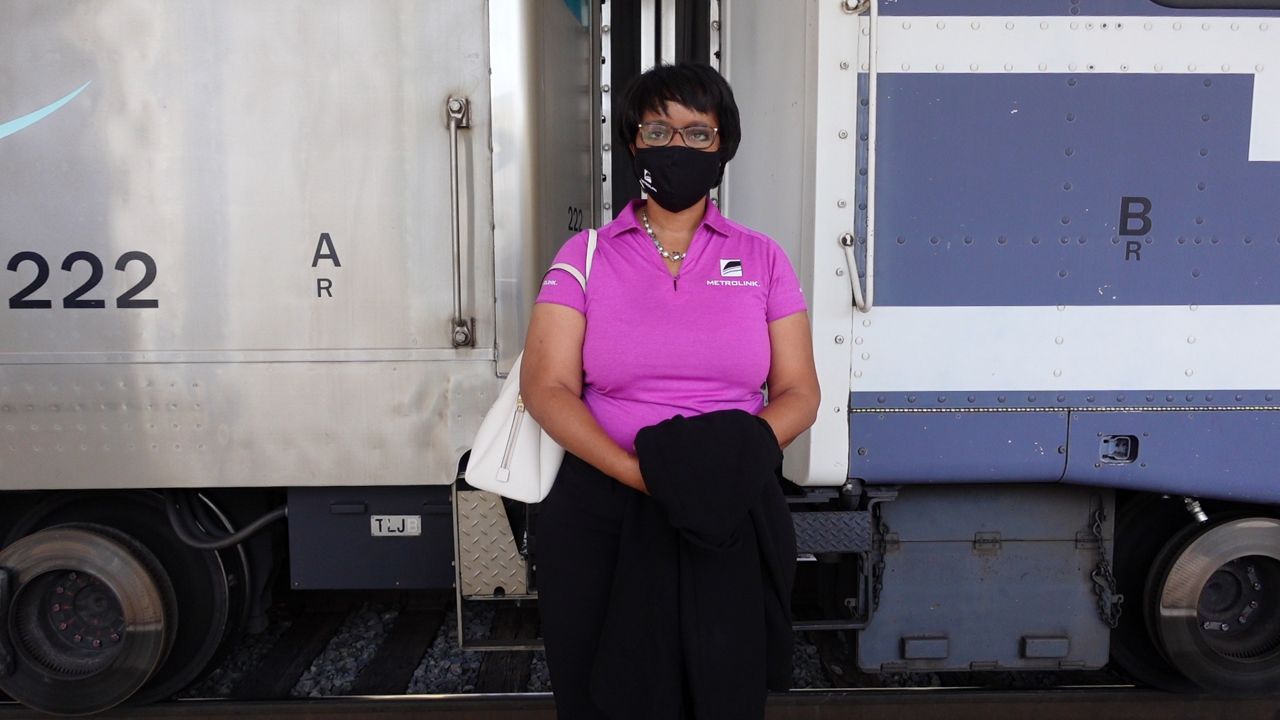
Metrolink is the third largest rail system in the country with 538 miles of track traversing across six counties. The average commuter takes Metrolink for trips longer than 35 miles. But who are the 10% of commuters still riding the train during the pandemic? Wiggins wanted to find out.
"To our surprise, we found 70% of those 10% were essential workers," said Wiggins. "And an even bigger surprise was the number one industry they represent was health care."
This discovery was powerful for Wiggins. Knowing she was helping health care workers get to the front line, she felt an urgent need to enact changes to help them right away.
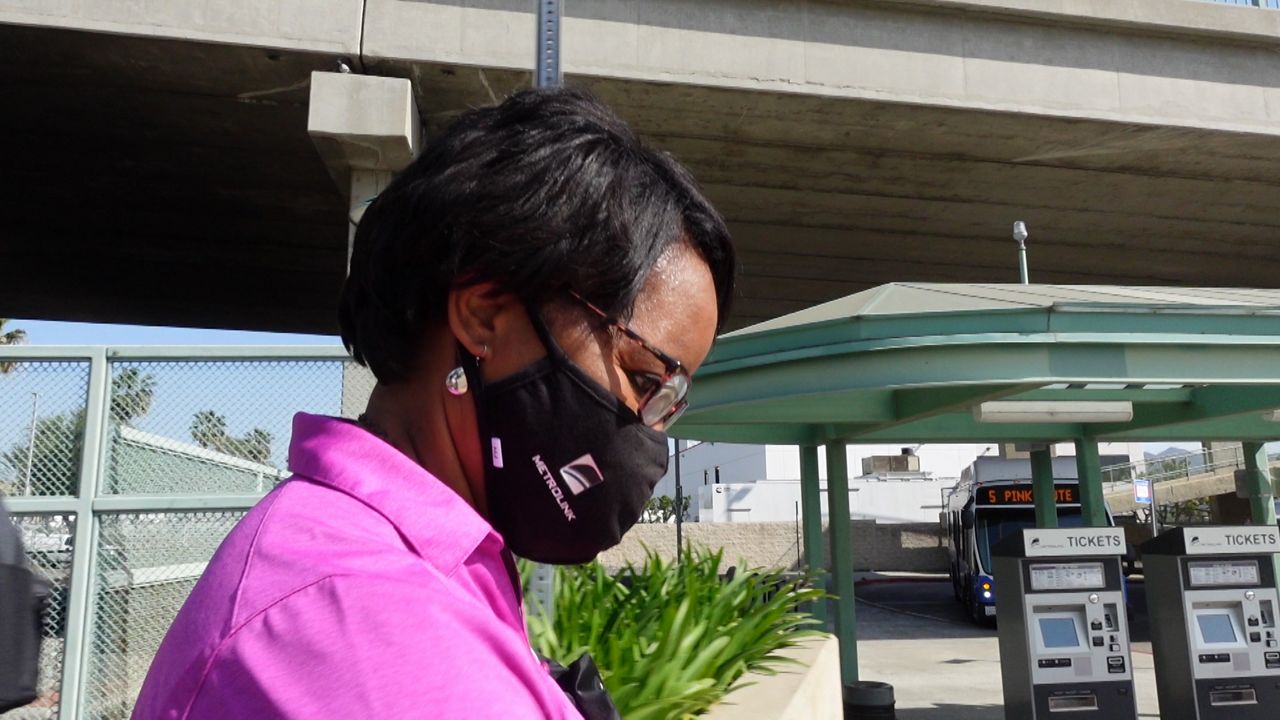
“That gave us a bright light of hope, that wow, when we’re thinking about our value proposition, we’ve got to expand our horizon beyond the white collar commuter, 9-5, to know there’s a whole essential rider market that pre-pandemic, we just hadn’t focused on,” said Wiggins.
Nema Pierce, an arts teacher who takes the Metrolink from her home in Ventura to her school in San Bernardino, explained how she appreciates the care the rail system has taken to keep the trains clean.
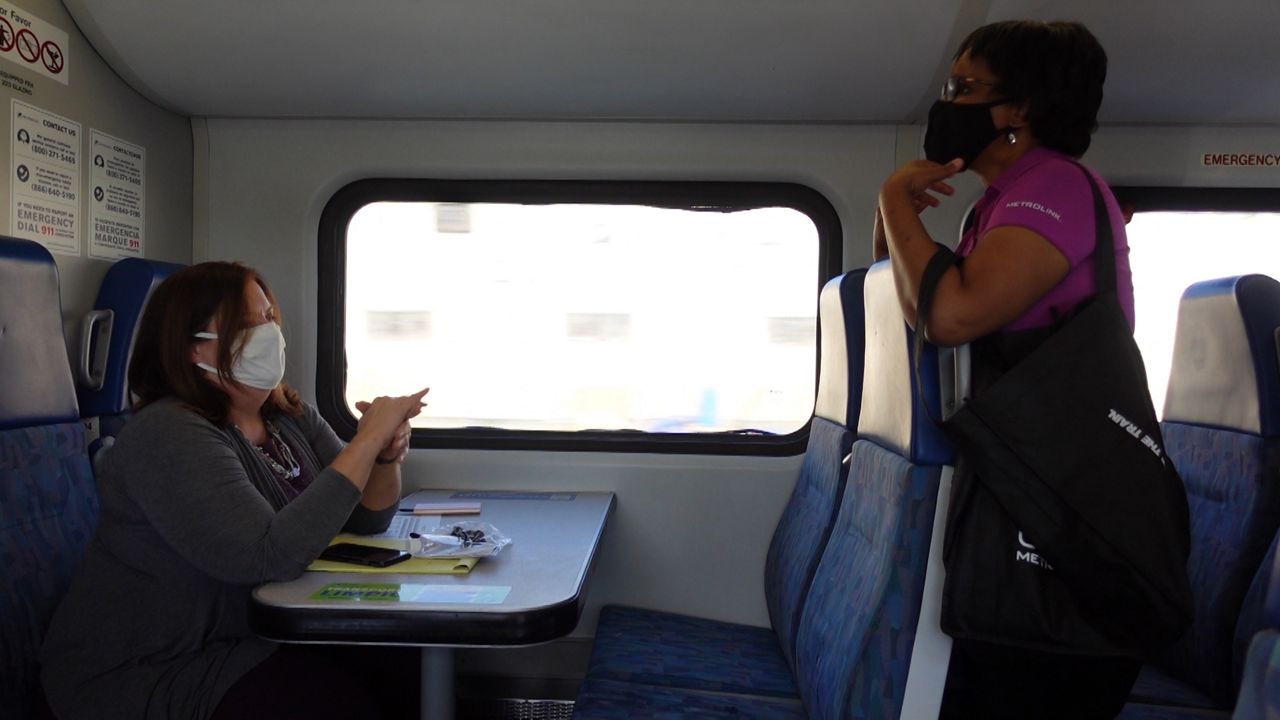
“For the past year, I’ve been working from home, but many of my teacher colleagues are starting to go back to campus and work in class because we are essential workers and the students need us,” said Pierce.
Wiggins was born into the foster care system and adopted by a military family, so public service is in her blood. And as a Black American woman leading a transportation agency, her leadership is integral to the recovery of not just Los Angeles, but all of Southern California.
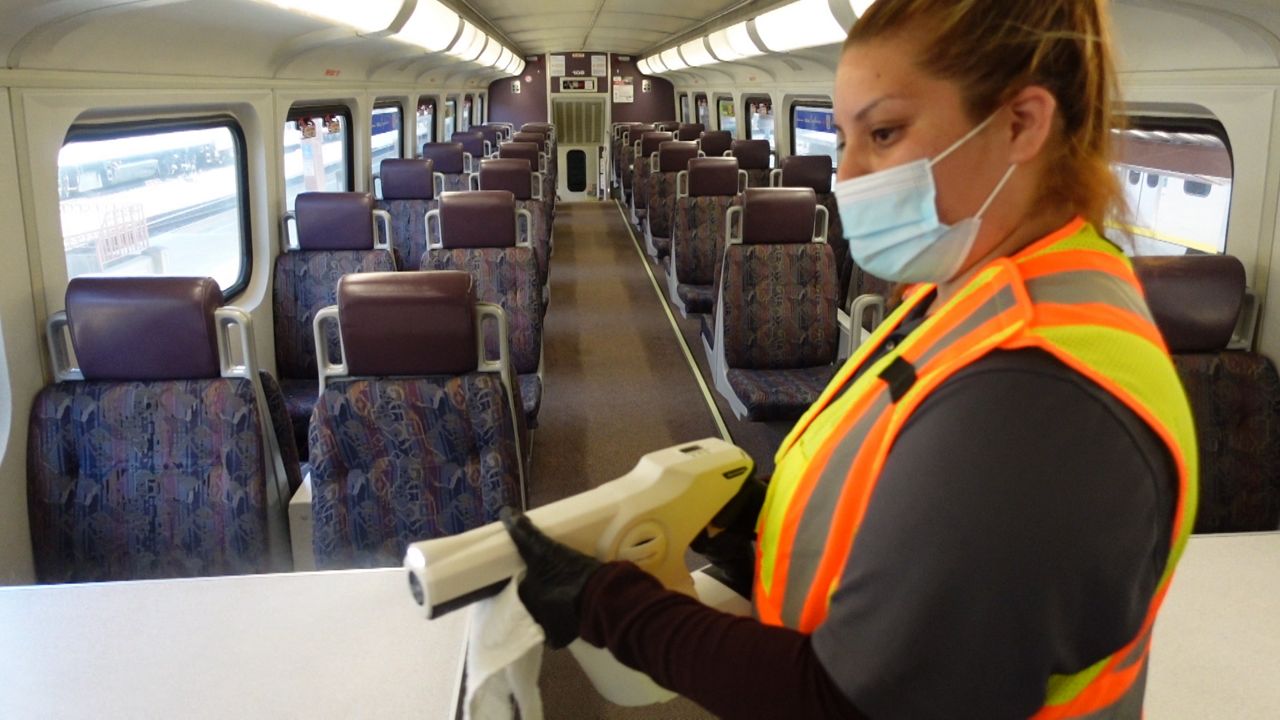
“We really had to focus on what kind of Metrolink we really wanted to be,” said Wiggins. “So we came up with a triple bottom line that said we would focus on equity, the environment and the economy.”









